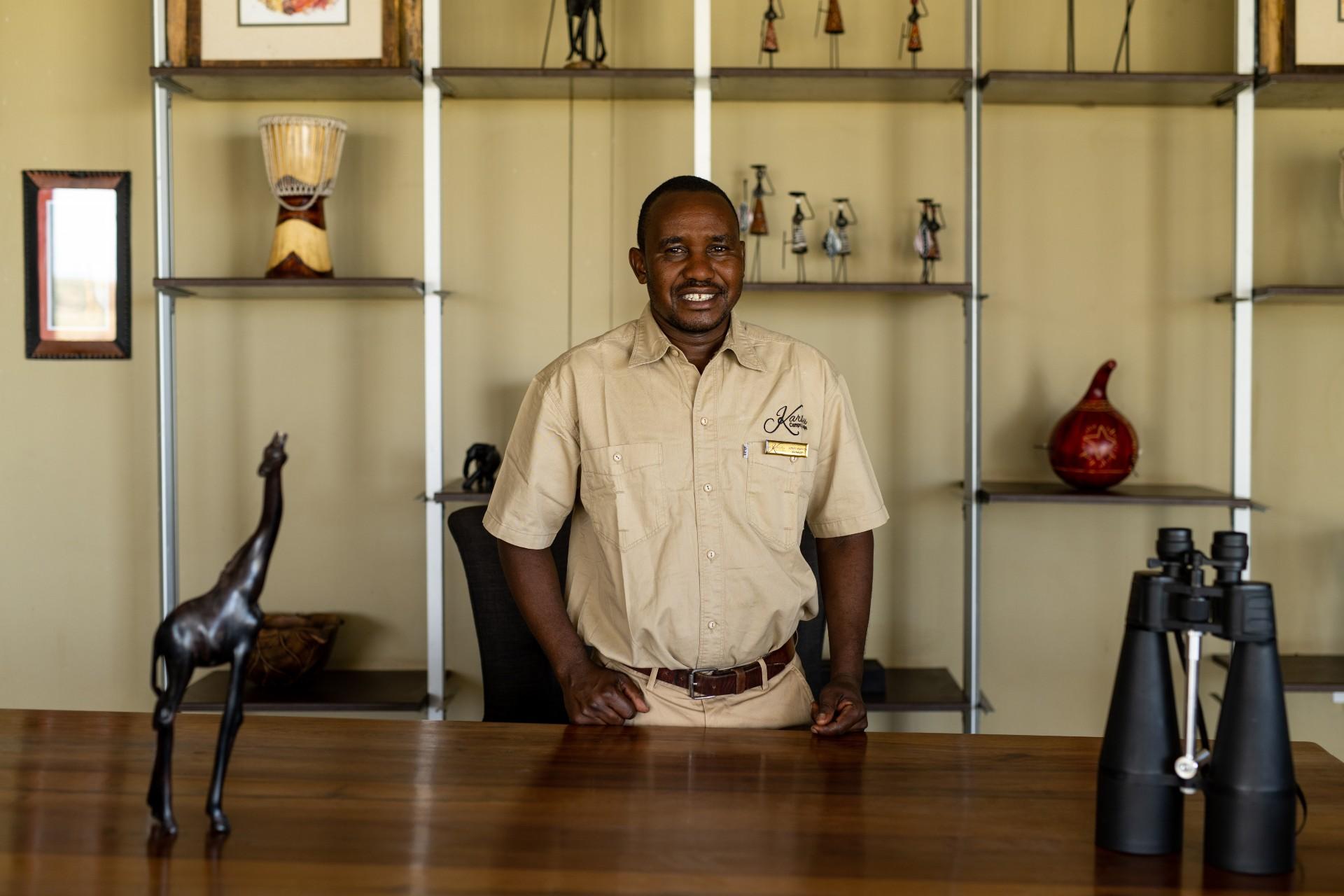Heavily protected, UNESCO’s World Heritage site, the Ngorongoro Conservation Area sits 180 km west of Arusha in Northern Tanzania. The crater is the largest unfilled inactive and intact volcanic caldera in the world; this majesty was formed when what would have been the world’s largest volcano exploded and collapsed on itself some 2 to 3 million years ago, leaving a 610 m deep crater and a floor that covers 260 sq. km.
Deemed one of Africa’s natural wonders, Ngorongoro’s residents include some of the world’s endangered Black Rhino in its evergreen terrain. The crater is also home to some 25,000 large animals such as the African buffalo, eland, zebras, hippopotamus, Thompson gazelles, one of the largest populations of lions as well as flamingos. Resting in the southwest of this gigantic crater is Lake Magadi. The Ngorongoro Conservation Area conveniently gives protection to the Oldupai Gorges, the seat of humanity after the awe-inspiring discovery of the earliest recognized specimens of the human genus.










